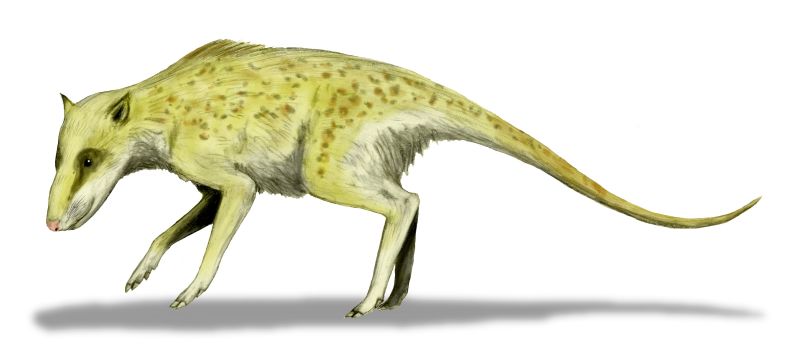Joshua Rapp Learn in Discover:
 The largest animals that have ever existed on our planet descended from a miniature deer-like creature that walked on four legs in the swamps of ancient India.
The largest animals that have ever existed on our planet descended from a miniature deer-like creature that walked on four legs in the swamps of ancient India.
Cetaceans include everything from dolphins to whales. They are fairly unique among mammals in that they live permanently in the sea — something they share with only a few other types of live-bearing, warm-blooded species.
But their evolutionary ancestors weren’t always the seafaring types. In fact, just 50 million years ago, ancestors of all cetaceans were small creatures called Indohyus that waded through swamps on four legs.
“Indohyus basically looked like a tiny little deer, a deer the size of a cat,” says Hans Thewissen, a professor at Northeast Ohio Medical University who has studied whale evolution for years and wrote the book The Walking Whales: From Land to Water in Eight Million Years.
How did these creatures go from that to blue whales the length of about two city buses? It took a lot of small changes over tens of millions of years.
More here.
